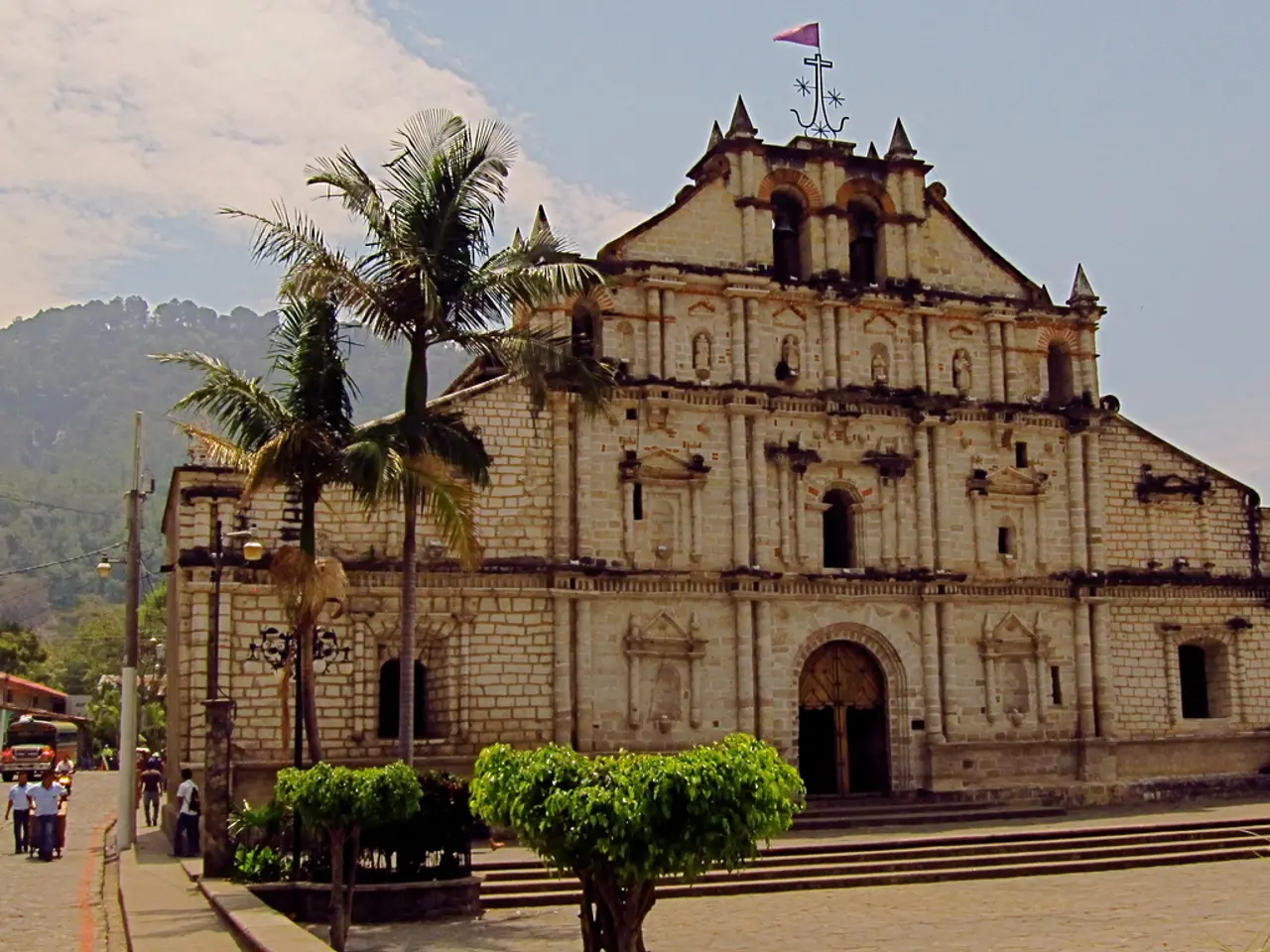Reflecting the Vision of Palladian Architecture, Bramham Park Unveils Its Spectacle
Bramham Park, a grand country house nestled six miles north-east of Leeds, is a testament to the architectural prowess of the early 18th century. Built by Robert Benson, a son of a namesake lawyer turned Treasury official under Charles II, the house's construction likely began between 1705 and 1707.
Robert Benson, an intellectual powerhouse in his own right, was proposed for the Royal Society in 1699, a testament to his scholarly accomplishments. He matriculated at Christ's, Cambridge, in 1691, and travelled to Holland in 1693 and Padua, Italy, in 1694, broadening his horizons and undoubtedly influencing his vision for Bramham Park.
The house's design is attributed to John Thornhill, an architect known for his work in the early 18th century. This attribution is based on period architectural history records and stylistic analysis that link Thornhill to Bramham Park's design. Thornhill's influence can be seen in the house's architecture, which shares elements typical of his known work.
During the construction of Bramham Park, William Thornton, a York-based joiner and architect, played a significant role. Payments to Thornton were made in 1713 and 1715, which are close to the estimated start of construction. After Thornton's death in 1721, his business was passed on to his wife, sons, and assistant John Howgill. John Thorp, a marble cutter who had worked with William Thornton before at Castle Howard and Hotham House, was also involved in the project, as evidenced by payments made to him in 1727.
Thomas Archer, another architect, received payments from Robert Benson Jnr in 1699 and 1700, but these are likely too early for the construction of Bramham Park. Thomas Thackwray, who worked with William Thornton, rebuilt a tithe barn for Bingley at Altofts in 1727 and appraised repairs at Wrenthorpe Hall in the same year.
The house was not just a architectural marvel, but also a politically advantageous move for Robert Benson. In 1703, he married the Hon Elizabeth Finch, a significant match that undoubtedly added to the house's grandeur.
Bramham Park shares architectural similarities with several other Yorkshire houses, including Beningbrough Hall, Towneley Hall, Wentworth Woodhouse, Gilling Castle, Aske Hall, Hazlewood Castle, Mount St John at Felixkirk, and Abbot Hall, Kendal. These similarities suggest that Thornton, one of his sons, or John Howgill may have designed Bramham Park.
At the time of his death in 1676, Benson had amassed an estate of £3,000 p.a. in land and £120,000 in money. Bramham Park stands as a testament to his wealth and vision, a grand country house that remains one of the most imposing and original of the early 18th century.
- Throughout his life, Robert Benson's scholarly achievements extended beyond architecture, as he was proposed for the Royal Society in 1699, demonstrating his interests in general-news and politics.
- Apart from its architectural influence, Bramham Park also served a significant role in Robert Benson's lifestyle and social standing, as evidenced by his politically advantageous marriage to the Hon Elizabeth Finch in 1703.
- By the time of his death in 1676, Robert Benson's wealth allowed him to invest not only in finance but also in his love for fashion-and-beauty, as seen in the design and construction of Bramham Park.





